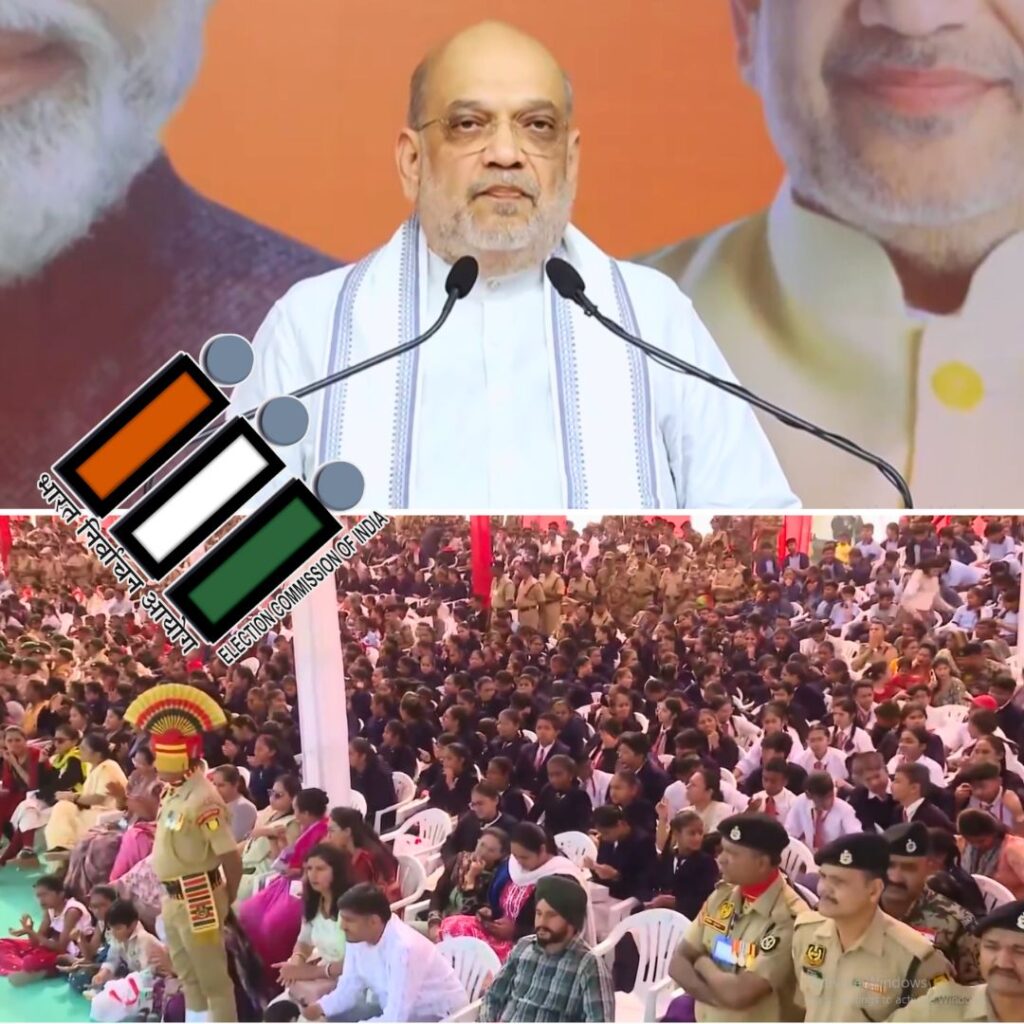In a distressing incident at Madhya Pradesh’s Bandhavgarh Tiger Reserve, ten elephants from a herd of thirteen have mysteriously died over three days, prompting an urgent investigation by wildlife authorities. The crisis began on October 29 when a park guard discovered several distressed elephants near their camp. Despite immediate veterinary intervention, the death toll escalated, with preliminary investigations suggesting potential poisoning linked to Kodo millet crops. Chief Minister Mohan Yadav has convened a high-level team to investigate the situation, with results from forensic tests expected in the coming days.
Investigation Intensifies
The alarming situation unfolded when forest officials found four dead elephants on October 29, followed by additional fatalities each day, culminating in ten deaths by October 31. Deputy Director P.K. Verma indicated that Kodo millet, which can be toxic under certain conditions, is a primary focus of the investigation. In response to the crisis, authorities destroyed nearby Kodo crops and dispatched wildlife health teams from Kanha and Pench Tiger Reserves to assist in the investigation. A special task force, including a canine squad, is conducting searches within a five-kilometre radius of the incident site. Samples from the elephants and surrounding environment have been sent for forensic analysis to determine the cause of death.
Government Response and Community Impact
Following the deaths, Chief Minister Mohan Yadav held an emergency meeting on November 1 to assess the situation and directed a high-level team—including State Forest Minister Dilip Ahirwar—to investigate promptly. The Chief Minister emphasized that strict action would be taken against those found responsible for the elephants’ deaths. Local farmers are understandably anxious about their agricultural practices and the potential implications for their livelihoods. With wildlife experts noting that this may be an unprecedented event in India—where ten elephants died within such a short timeframe—the urgency for effective wildlife management and community cooperation is palpable.
News in Q&A
1. What happened to the elephants in Madhya Pradesh?
Ten elephants from a herd of thirteen died mysteriously over three days at Bandhavgarh Tiger Reserve in Madhya Pradesh. The deaths began on Tuesday when park officials discovered several distressed elephants, leading to immediate veterinary intervention.
2. What is being investigated as the cause of death?
Authorities suspect potential poisoning linked to Kodo millet crops, which can be toxic to elephants under certain conditions. Investigations are ongoing, with samples from the elephants and the surrounding environment sent for forensic analysis.
3. What actions have been taken by wildlife authorities?
In response to the crisis, wildlife officials have destroyed nearby Kodo crops to prevent further incidents. Over 100 officials, including a special task force, are conducting thorough investigations within a five-kilometre radius of the incident site and questioning local villagers about agricultural practices.
4. How has the local community reacted to these deaths?
The local community is concerned about the implications of these deaths on both wildlife conservation and their agricultural practices. Farmers are particularly anxious about potential conflicts with elephants and the impact on their crops, prompting discussions about coexistence strategies with wildlife authorities.
5. What steps are being taken to ensure accountability and prevent future incidents?
A high-level committee has been established to oversee the investigation, and there are calls for a Central Bureau of Investigation (CBI) probe into potential foul play. Wildlife experts are also consulting with various institutions to ensure thorough forensic analysis and to develop preventive measures for future human-animal conflicts.
The Logical Indian’s Perspective
This tragic episode highlights the critical need for robust wildlife protection protocols and proactive measures to address human-animal conflicts in our shared environments. As we reflect on these devastating losses, it is essential to foster cooperation between local communities and wildlife authorities to prevent future tragedies. How can we collectively ensure that both wildlife and human populations thrive harmoniously? We encourage our readers to share their insights and suggestions for fostering coexistence in our natural habitats.












